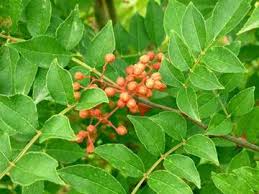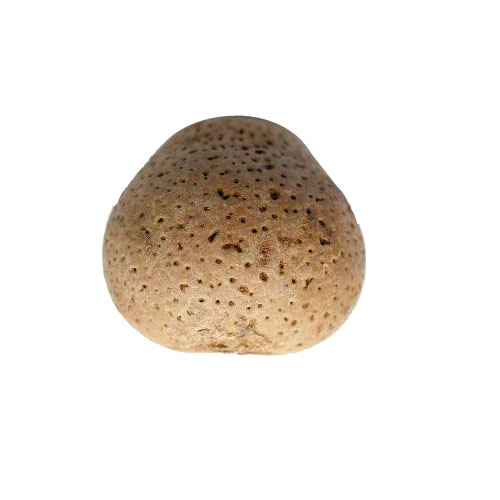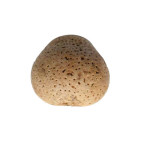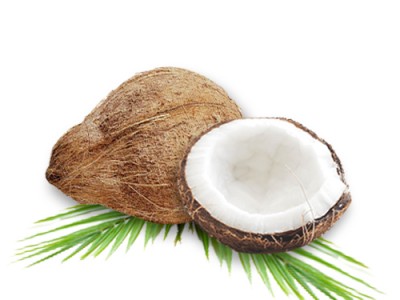

Mongongo Seeds Oil Benefits And Medicinal Uses
Mongongo
Learning the origins and history of world famous trees is quite interesting. There are various unique trees in the world and one such tree is Mongongo which has ornamental flowers and leaves. The botanical name of this tree is Ricinodendron rautanenii and found aplenty in the country of Africa, particularly in southern Africa.
[tribulant_slideshow gallery_id="132"]
This tree is found abundant in Nambia, Botswana, Zambia and Zimbabwe. Mangongo nuts are consumed by the people of Botswana and Namibia and they consider this is a Staple diet.The beautiful aspect of this tree is that the leaves are Hand-shaped.
Medicinal Uses
- The oil derived from the nuts has few medicinal uses.
- People rub this oil during winter months to clean and moisten their bodies.
- Some of the nutrients found in the nuts are calcium, protein, magnesium, copper and Vitamin E.
- The finest part is this tree will withstand severe droughts for many years.
Mongongo

How it grown and cultivated
Mongongo trees are native to the savannahs of southern Africa. They can grow up to 15 meters in height and have a semi-evergreen, sparsely branched crown. These trees are drought and fire tolerant and are well adapted to the savannah climate.
Mongongo trees can be cultivated from seed or from cuttings. They can also be grown from seedlings, which are raised in nurseries and then planted out in the field. To cultivate from seed, the seeds are collected from the fruit, the outer shell is removed, and the seed is sown into a shallow trench or pot. The seeds should be sown in well-drained soil and should be kept moist until they germinate, which can take up to 2 months. When the seedlings are large enough, they can be transplanted into the field. The trees should be planted in a sunny location and should be spaced at least 3 meters apart.
The trees should be watered regularly, especially during the first year, until they are well established. The trees can be pruned and thinned to encourage growth and fruiting. The trees will bear fruit within 3-4 years and can produce for up to 20 years.
Aspects
Mongongo oil is derived from the seeds of the Mongongo tree, native to south–central Africa. This lightweight oil has a slightly nutty aroma and is often used in cosmetics and skin care products to nourish and hydrate the skin. The oil is rich in essential fatty acids, vitamins, and minerals, making it a powerful and versatile natural ingredient. Mongongo oil is an excellent source of the essential fatty acids, linoleic acid and oleic acid, both of which are beneficial for skin health. Linoleic acid helps to maintain the skin’s natural barrier, while oleic acid helps to keep the skin moisturized. The fatty acids also help to reduce inflammation, making it useful for treating a variety of skin conditions, such as eczema and psoriasis. Mongongo oil is also rich in vitamins, including vitamin E, which is an important antioxidant for the skin. It helps to protect the skin from damaging free radicals, which can cause premature aging. Vitamins A and C are also present in the oil, both of which are important for skin health. Vitamin A helps to reduce wrinkles and improve skin tone, while vitamin C helps to brighten the skin. Mongongo oil is also packed with minerals, such as magnesium, zinc, and iron. Magnesium helps to soothe the skin and reduce inflammation, while zinc helps to fight off bacteria and promote healing. Iron helps to keep the skin healthy and strong. Mongongo oil is a great choice for those looking for an all–natural skin care product. It is suitable for all skin types and is easily absorbed, making it ideal for use in cosmetics and skin care products. It can be used as a moisturizer, a facial oil, a hair treatment, and a massage oil. Mongongo oil is also highly valued for its anti–aging benefits. Thanks to its high concentration of essential fatty acids, vitamins, and minerals, it helps to reduce the appearance of wrinkles and fine lines. It also helps to improve skin elasticity and firmness, leading to a more youthful complexion.


